Liverpool host Arsenal in the Premier League this Sunday, with their opponents serving a harsh reminder of the qualities they seem to have lost.
Bukayo Saka’s face fills the TV screen. He’s just scored to put Arsenal 2-1 up against fierce rivals Man United.
But as the camera focuses on him, he’s not thinking about his brilliant goal or the adulation of the crowd.
Instead, he’s preparing to sprint towards the United kickoff and win the ball back for his team.
At this moment I realised that Arsenal could win the Premier League title, because they reminded me of the last red machine to do so.
A side so ‘greedy’ for success they gained a staggering 99 points and ended a 30-year wait to be crowned champions.
Arsenal may yet fall short in their quest, but with Liverpool’s “proper football week” set to end against the Gunners, I wanted to find out: how did Arsenal become the new Liverpool?
Defending from the front
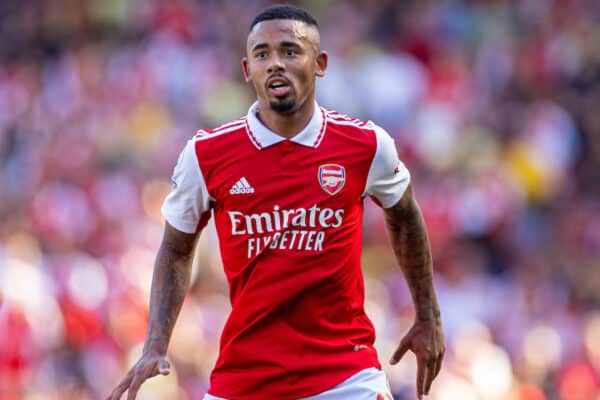
According to Jurgen Klopp, at Liverpool “everyone is responsible for everything.”
This means the forwards are the first defenders; their job is to set traps and force mistakes so that the opponent cannot hold onto the ball.
Since the acquisition of Gabriel Jesus – and rise of Eddie Nketiah – Arsenal have adopted a similar philosophy.
We can see this using field tilt: a metric that measures how much possession each team has in the attacking third during a game.
The greater the tilt, the more possession the team has in the opponent’s final third – usually meaning they are the more dominant team.
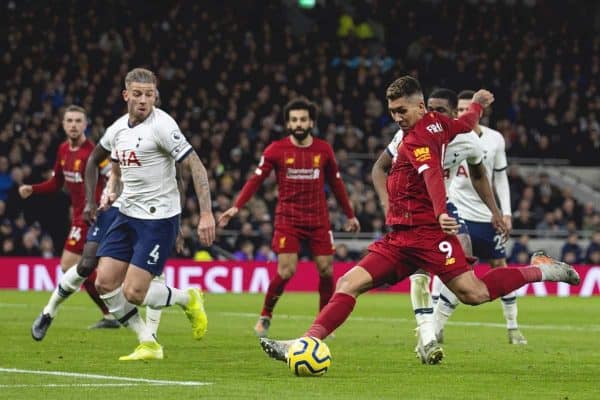
Per Soccerment, Liverpool’s average field tilt in 2019/20 was 66.7 percent, second in the league behind Man City.
Arsenal‘s this season is 67.7 percent, making them second in the league (behind, again, Man City).
Arsenal may resemble City in their use of the ball to camp around their opponent’s goal. But they’ve also taken cues from Liverpool when trying to get it back.
Asymmetrical structure

In possession, both teams instruct their No. 9s to drop in between the lines and create space for wide players to run in behind.
But both also use smart, asymmetrical structures to get the most out of their attack.
After his record-breaking debut season, Mo Salah received special treatment from opposing defenders.
By 2019/20 he was dropping deeper to get on the ball, forming a flexible triangle on the right with his full-back and right-sided midfielder to keep opponents guessing.
To compensate, the left-sided midfielder typically took a more defensive approach, with the left winger free to break in behind.
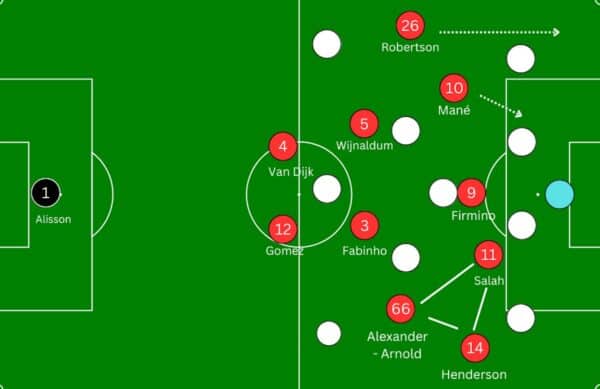
In 2019/20, this meant Salah and Jordan Henderson (the right-sided midfielder) contributed 51 percent of the team’s total goals and assists, compared to 43 percent from Sadio Mane and Gini Wijnaldum on the opposite flank.
Similarly, Saka and Martin Odegaard rotate on the right.
Saka’s superb dribbling and incredible upper-body strength allow him to carry the ball from deeper areas, while Odegaard is accomplished both in overlapping and dropping into the half-space to create with his cultured left foot.
Granit Xhaka offers a more solid presence on the left with Gabriel Martinelli purely focused on goals (such as his opener vs. Liverpool at the Emirates).
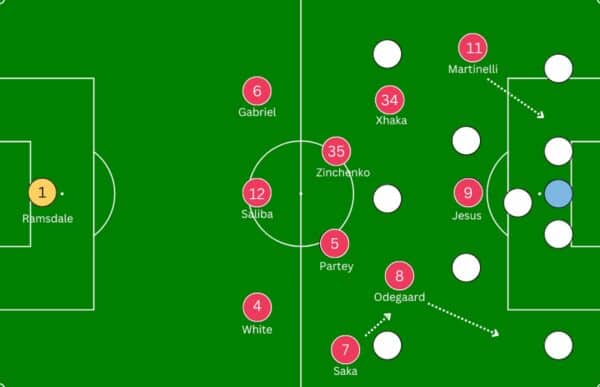
This season Saka and Odegaard have been involved in 59 percent of Arsenal‘s goals and assists compared to 42 percent from Xhaka and Martinelli.
For both teams, the asymmetrical approach means the opposition have different questions to answer for each flank.
Danger is everywhere.
Coping with setbacks
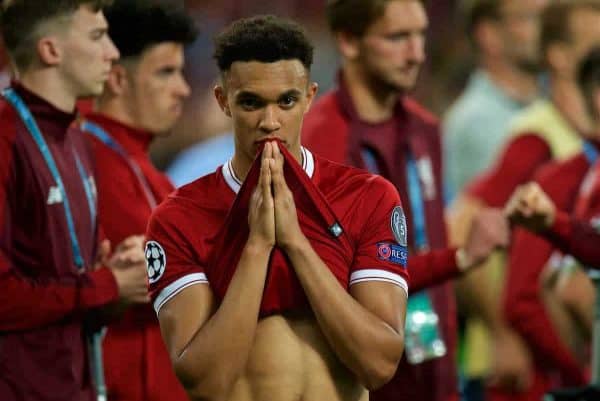
During the current torrid campaign, much fan ire has been inspired by the sharp drop-off in standards.
But while many Reds have become accustomed to a steady diet of trophies, it’s worth remembering that the highest of highs came after crushing setbacks.
The first of Klopp’s regular top-four finishes came off the back of two cup final defeats, including a demoralising collapse in the Europa League final.
Heartbreak in Kyiv in 2018 led to five trophies in the next two seasons, including a revenge mission in the Champions League.
The 97-point silver medal ultimately fueled the capture of that elusive 19th league title.
Even since 2019/20, we had a quadruple charge preceded by a turbulent title defence. Every setback has provided fuel for the triumph that followed.
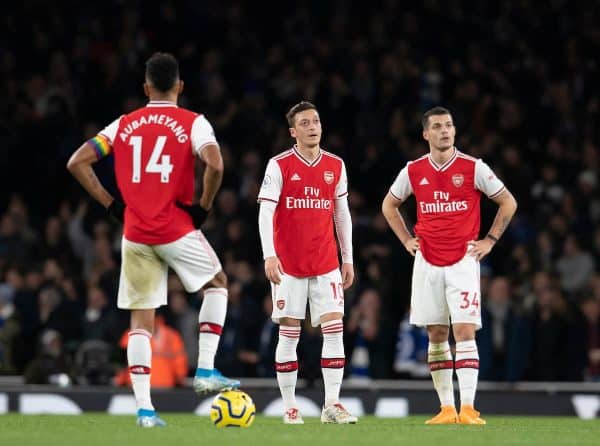
Arsenal have similarly known bitter disappointment under the current regime. Mikel Arteta’s capture of the FA Cup in 2020 masked an underwhelming eighth-placed league finish.
Last season the Gunners were accused of ‘bottling’ Champions League qualification from a favourable position, slipping to fifth place by dropping six of the final nine points.
Yet look at them now, leading the table at the business end of the season and favourites to stay there. In both instances, the club stuck with the manager and the project through setbacks and difficult moments.
It looks like this faith will be rewarded at Arsenal as it was on Merseyside.
Original vs. remake?

As these two meet once more, Arsenal appear to be a better Liverpool than Liverpool themselves.
But recent results have shown that form can count for nothing when the game gets underway.
Liverpool have the chance to offer a timely reminder of the first rule of remakes: don’t mess with the original.
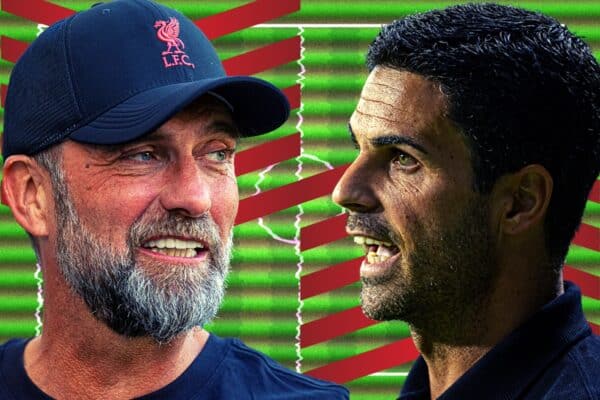



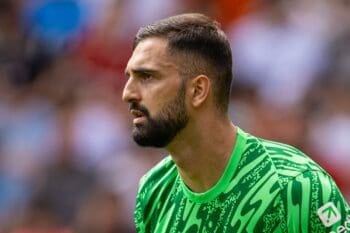

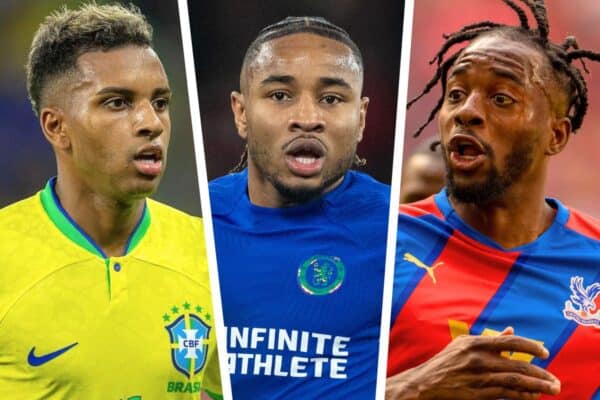
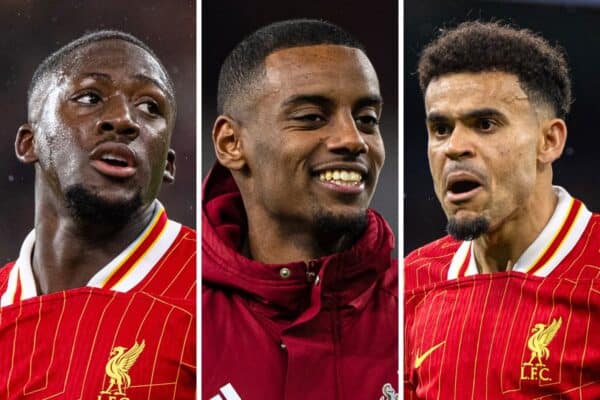
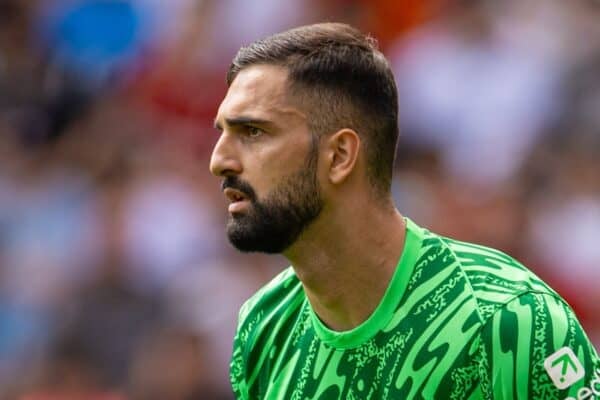
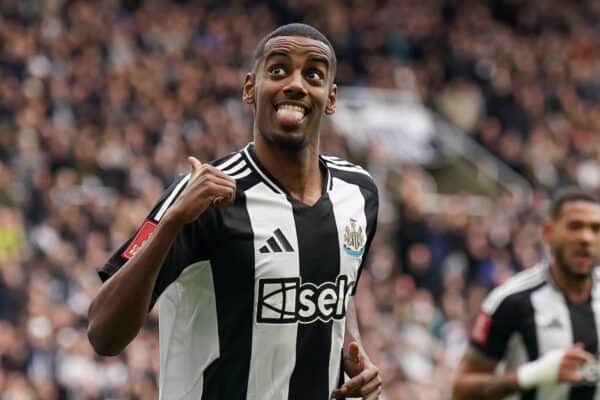
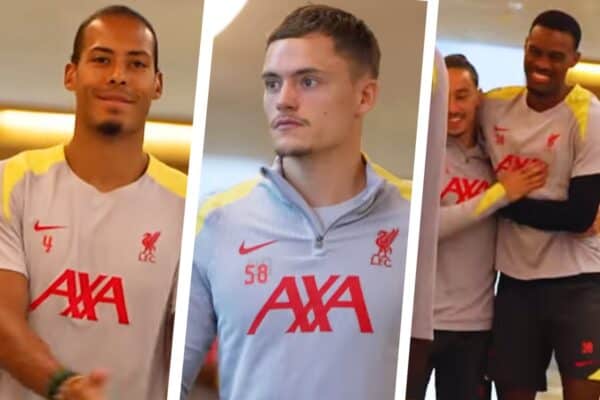
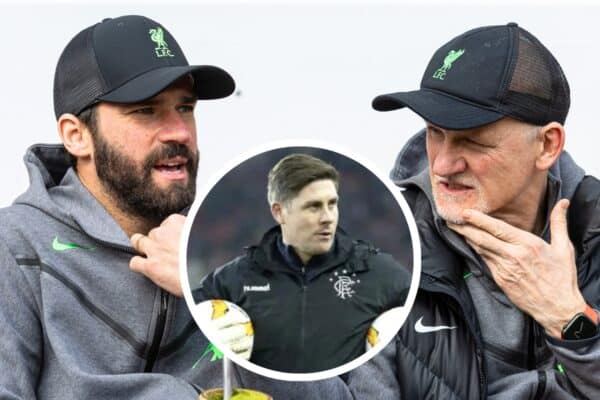
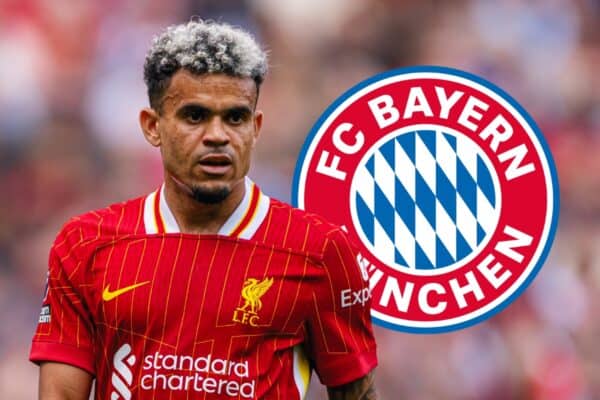
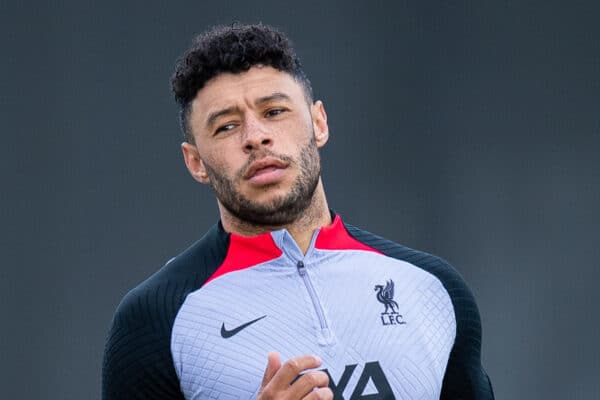


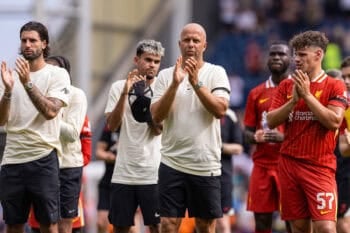


Fan Comments